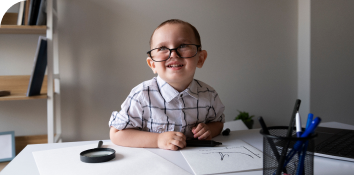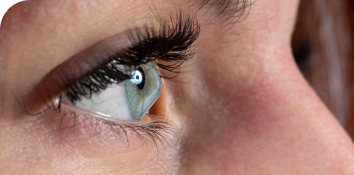Myopia (Nearsightedness)
Description
Difficulty seeing distant objects clearly
Cause
The eyeball is too long, or the cornea is too curved, causing light to focus in front of the retina.
Hyperopia (Farsightedness)
Description
Difficulty seeing close objects clearly.
Cause
The eyeball is too short, or the cornea is too flat, causing light to focus behind the retina.
Astigmatism
Description
Blurred vision at all distances.
Cause
An irregularly shaped cornea or lens causes light to focus on multiple points on the retina.
Presbyopia
Description
Difficulty reading or seeing objects up close, typically occurs with aging.
Cause
The lens of the eye becomes less flexible with age.



